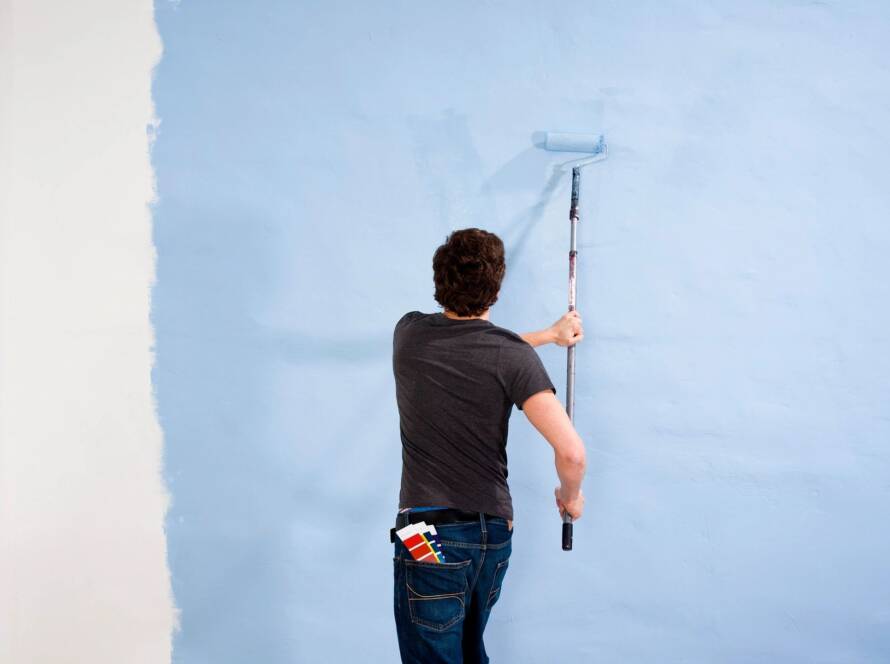Painting the exterior of your home is a significant project that can dramatically enhance its curb appeal and protect it from the elements. However, achieving a flawless and long-lasting finish requires proper preparation. Skipping essential steps can lead to peeling, uneven coverage, or a finish that doesn’t stand the test of time. To help you get started, here’s a guide to the key things you need to do before painting your home’s exterior.
1. Inspect Your Exterior
Before you even think about picking up a paintbrush, thoroughly inspect your home’s exterior for any damage. Look for cracks, peeling paint, mold, mildew, or signs of water damage. These issues need to be addressed before painting to ensure the new coat adheres properly and lasts longer. If you notice significant structural damage, it’s best to consult a professional contractor before proceeding.
2. Clean the Surface
Dirt, dust, and grime can prevent paint from adhering properly, leading to an uneven finish. Power washing your home is an effective way to remove built-up debris and old paint flakes. If you don’t have access to a power washer, scrubbing the surface with a stiff brush and soapy water can work as well. Be sure to let the surface dry completely before moving on to the next step.
3. Repair and Patch
Once your exterior is clean, it’s time to repair any imperfections. Fill in cracks, holes, and gaps with exterior-grade caulk or patching compound. Pay special attention to areas around windows, doors, and trim, as these are prone to wear and tear. Sand down rough patches to create a smooth surface for the paint to adhere to. This step is crucial for achieving a professional-looking finish.
4. Scrape and Sand Old Paint
If your home has peeling or flaking paint, it’s essential to remove it before applying a new coat. Use a paint scraper or wire brush to strip away loose paint, then sand the area to smooth out any rough edges. This step ensures that the new paint will adhere evenly and prevents future peeling. For homes built before 1978, be cautious of lead-based paint and consider hiring a professional for safe removal.
5. Protect Surrounding Areas
Painting can get messy, so it’s important to protect areas you don’t want painted. Use painter’s tape to cover windows, trim, and other details. Lay down drop cloths to protect plants, walkways, and outdoor furniture. Taking the time to prep these areas will save you from unnecessary cleanup later.
6. Prime the Surface
Priming is an often-overlooked but critical step in exterior painting. A good primer helps seal the surface, provides a uniform base, and improves paint adhesion. This is especially important if you’re painting over a darker color or bare wood. Choose a primer that’s suitable for your surface type and climate to ensure the best results.
7. Choose the Right Paint and Tools
Finally, invest in high-quality exterior paint and tools. Exterior paints are designed to withstand the elements, so be sure to choose one that’s appropriate for your climate. Likewise, use quality brushes, rollers, and sprayers to ensure even application.
Conclusion
Proper preparation is the foundation of a successful exterior painting project. By inspecting, cleaning, repairing, and priming your home, you set the stage for a durable and beautiful finish. Taking the time to follow these steps will not only enhance your home’s appearance but also protect it for years to come. If you’re unsure about handling the prep work yourself, consider hiring professionals to ensure the job is done right.


